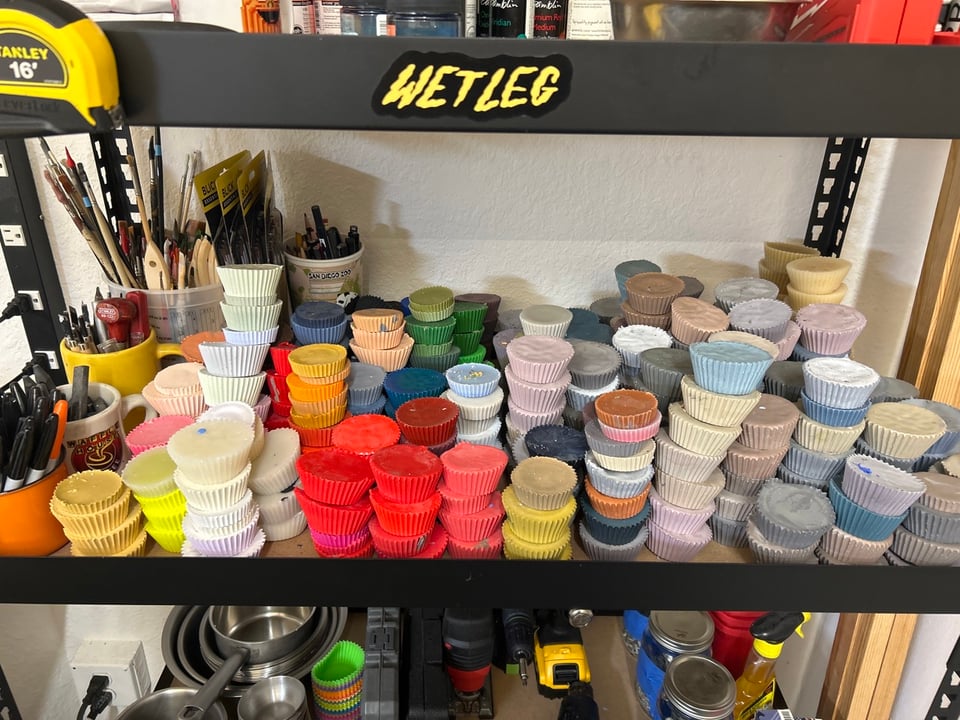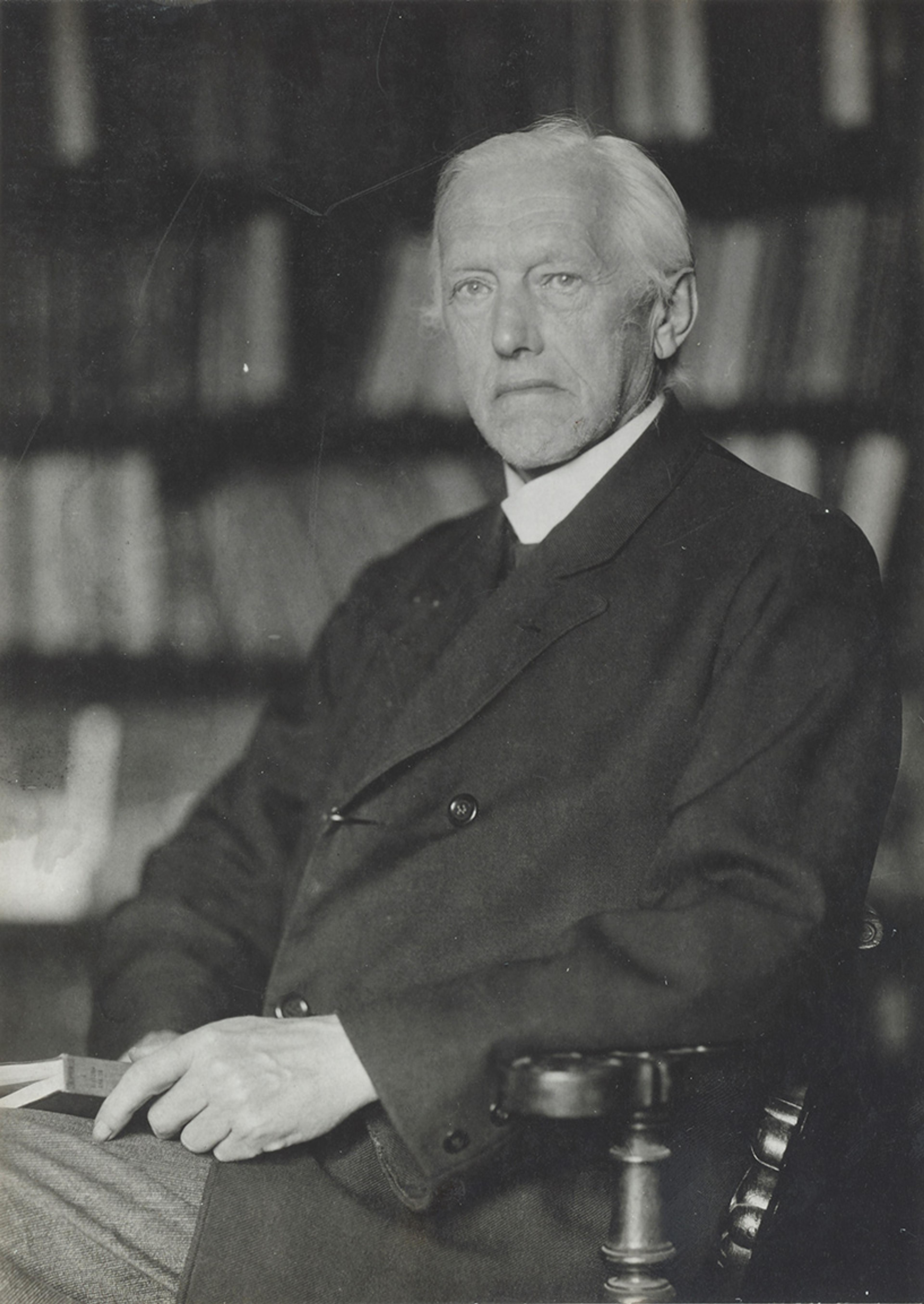NEW HAVEN, CT—Shedding new light on a previously undocumented effect of loneliness, a team of psychologists at Yale University found that at least 80% of Americans lack the social connections necessary to pull off a heist. “When it comes to putting together a crew with the skills needed for a bank job or a jewel heist, a majority of Americans reported knowing just one or two guys, tops,” said lead researcher Jane Iannitello, adding that only 20% had any safecrackers in their lives, a mere 16% knew any hacker prodigies with a rebellious streak, and fewer than 5% had access to Taiwanese acrobats doubling as masters of disguise. “As they spend more and more time on social media, people just aren’t going out to underground boxing rings, art auctions, or other settings where they are likely to meet a fast-talking charismatic type who pulls them into a daring heist. They often lose touch with their demolition experts after childhood, and though people may be eager for a big money payday that could mean walking away from the life for good, they are too afraid to put themselves out there for fear of rejection. Even in cases where they have a crew big enough for a heist, lonely Americans are often left feeling stranded due to a lack of getaway drivers, which forces them to brandish firearms at total strangers and demand that they drive, just drive.” While researchers cautioned the trend is likely to continue, they went on to state that some of the negative effects could be mitigated by reaching out to therapists with a plan, a keycard, and nothing to lose.

This week’s question comes to us from Gwen Dubois:
How do I keep functioning in a capitalist world?
I am going to tell you a very shameful story.
Erika got me a Kit Kat clock for Christmas. For those who are unaware, a Kit Kat clock is shaped like a cat, with a clock in its belly, and eyes and a tail that go back and forth like a metronome. I’m sure you’ve seen one. They go back to the deco age of the 1930s, and if you’ve ever dated someone with bangs they have one in their kitchen. They’re usually black. Erika got me a kelly green one. (Go birds. Fuck ICE. Free Palestine.) I was very happy to get it.
On Christmas night, after friends and family had all left, I decided to hang up my Kit Kat clock. I rummaged through the junk drawer (I’m kidding, they’re all junk drawers.) until I found two C batteries, inserted them in the clock, then hung it up. The eyes and tail weren’t moving. I gave the tail a little push. Nothing. Hmm. I took it down and checked the batteries, which had expired in… 2018. Batteries expire? I decided to deal with it tomorrow. The next day I walked up to my local ma and pa drugstore (I’m kidding, it’s a fucking CVS) and bought a fresh pack of C batteries. I went home, put in the new batteries, put the clock back on the wall, and… nothing. Gave the tail a little push, and… nothing. This time I decided to see if the clock itself was working. I checked the time, came back 30 minutes later, and… the clock was working. This most likely eliminated the batteries as the source of the problem. By this point Erika was on the internet doing what she does best, research.
Readers, there are a lot of videos out there on fixing Kit Kat clocks.
We tried a few different things and none of them worked. Finally, we found a video that told us the most likely culprit was that the magnets used in the clock to make the eyes and tail move probably weren’t strong enough but could be easily fixed by adding more magnets to the clock. I was into this solution for two reasons: magnets and a reason to go to the hardware store, which I love. So off I went to the local hardware store.
“Do you have 8mm by 1mm neodymium magnets?” (The video was very specific.)
“All we have is what’s in the case.”
They weren’t in the case. No biggie, there’s another hardware store five blocks away, and it was a nice day for a walk. Sadly that store didn’t have 8mm by 1mm neodymium magnets either.
(Fun medical fact! Neodymium magnets come with very large warnings about keeping them away from children and idiotic adults who will think it’s funny to swallow them, except that they’re so strong they’ll get stuck in different parts of your colon and accordion your colon when they attract each other, as magnets do. The results aren’t good, but on the upside the surgery is incredibly expensive.)
Having struck out at the two local hardware stores I could walk to, I decided to wait a few days and go to the even bigger, but still locally run, hardware store by work. (Shout-out to Center Hardware!) Which I did. They had an extensive supply of magnets, neodymium and otherwise (No, I don’t know what the difference is.), but unfortunately, not the specific size I needed.
Here comes the shameful part. At this point I was so frustrated that I opened the Amazon app on my phone and ordered 8mm by 1mm neodymium magnets, which of course they had. A couple days later a shame-filled envelope showed up at my door with one hundred 8mm by 1mm neodymium magnets inside. (I need two.) And, yes, I realize I hadn’t exhausted all other options, including other online options, before resorting to Amazon. But I let frustration get to me and took the easy way out.
None of this specifically answers your question, but it’s related and I needed to get it off my chest. Still, I feel like I at least tried to buy these magnets at three local stores before letting frustration get the better of me. And what I’m maybe saying is that it’s sometimes hard to use the system differently than it's been designed to work. Because at this point, the system is definitely designed to get me to go to Amazon first.
A few days ago I was sitting in the local dogpark when the ever-popular topic of San Francisco’s downtown came up. Apparently another big store had shuttered. And the Old Men of the Dogpark™had much to say about “the state of things” including crime sprees and other make-believe bullshit that was keeping people from doing their shopping downtown. As they’re saying this I’m watching various Amazon trucks circle the park. Finally I asked one of them when he’d last bought something at Amazon.
“Last night.”
“Where would you have bought that before Amazon?”
“Downtown.”
Three things are happening here: our options are disappearing, we’re being sold a bullshit narrative about why our options are disappearing, and the evil alternative—which isn’t an alternative at all because it’s killing all its competition—feels incredibly easy. Because it is. You open your phone. Every item you could ever want is there. You push a button. It comes to you. Your city dies.
I’m gonna turn into an old man for just a minute. There was a time, not that long ago actually, when I could’ve walked four blocks to a Radio Shack and said “You got magnets?” And they would’ve showed me a wall of magnets. Then, just to rub it in, I could’ve stopped next door at Tower Records and spent an hour looking at magazines before picking out a record and walking back home. And I honestly miss doing shit like that, but I realize that these are part of my past, and trying to convince people that my past was better than their present is incredibly annoying, doesn’t solve shit, and is deserving of all the eye-rolls you are now giving me. And yet… Radio Shack was fucking glorious. Rant over.
So how do we function within capitalism?
I lied. Rant not over. Not quite. Because the lesson we can take from how “things used to be” is that we used to have options. The endgame of surveillance capitalism is to take away as many options as possible, which sounds to me a lot like a company store. Where your dollar can only go to the one place that provides the thing you need, at the one price it costs, at the one quality it’s offered. And honestly, if I were to look outside and see a lot of joy and happiness and people enjoying their one life here on Earth I’d be inclined to say “Good job, here’s my dollar!” But that’s not what I see.
Half my neighbors are afraid of being shot in the face by the government, and the other half are providing that same government with their own surveillance data by covering their homes in nest cams inside and out. Orwell fucking wept.
Unfortunately, capitalism is here and will probably remain here for the foreseeable future. Even if we, hopefully, start adopting some of the tenets of socialism, we will be interweaving it with capitalism. Which means we need to be more intentional about where we put our dollar, and we need to be aware of what we’re actually trading for our dollar.
Once upon a time (here he goes again), if I went to the hardware store and bought a light bulb that is exactly what I got. A light bulb. Depending on the hardware store my purchase might trigger a subtraction to their inventory database, and if they were really fancy, there might be a record that I bought a light bulb which might could be useful in a few years if I were to go back, be confused, and ask them if they knew what kind of light bulbs I’d bought last time. But for the most part, me walking out with a pack of light bulbs was the end of the transaction. These days, a light bulb purchase is the beginning of a transaction. You screw in the lightbulb, you fire up your lightbulb app, you set up a scenario, you get the light bulb to talk to your phone, you make it behave depending on your phone’s distance to it, or the time of day, etc. All of this creates juicy data that is then bought and sold by the light bulb company, the app manufacturer, and probably Palantir who then sells it to ICE so they know when you’re home. Motherfucker, you just needed a light bulb, man. So yeah, I miss the capitalism where I exchanged my dollar for your light bulb and that was the end of that. Turns out smart homes are anything but. Peter Thiel does not need to know what kind of light bulbs you use. Or when you’re home.
If we are going to keep functioning in a capitalist world we need to be more careful about where we are spending our money. The local hardware store will only be there as long as you keep using it. Same for the local grocery store, the local café, the local record store, the local pet store, etc. And while it might be easier to get something delivered to your door, I’d encourage you to pay those folks a visit once in a while. Those people are part of your community. Jeff Bezos is barely part of humanity. He does not deserve your dollar. The people at Target do not deserve your dollar. The union-busters at Whole Foods do not deserve your dollar. As someone who does a lot of shipping of zines, books, and assorted other shit, Uline does not get my dollar. (Special shout-out to the DSA for sending out their calendar in a Uline mailer. Fuck yeah, I’m gonna call your ass out on that!) And yes, sometimes the right thing is gonna cost. $8 might seem a great price for a t-shirt—and if all you have is $8 and you need a t-shirt, go ahead and get it!—but selling you an $8 t-shirt means somebody somewhere is getting fucked. (To be fair, if you are at a concert and a t-shirt is $80, the person getting fucked is you.)
The TL;DR on functioning in a capitalist world is to move a little slower, with a little more intention. Your dollar helps people stay in business. Be careful where you put it. I’m not saying it’s easy. As I told at the top of the story, I shamefully let frustration get to me and I took the easy way out. This’ll happen. But every time we keep doing it, we get closer and closer to having no other options than having to shop at a company store run by white supremacists.
America has one neck, and it’s the economy. If you want to change how things are going, you have to change where you’re putting your dollar.
🙋 Got a question? Ask it! It’s fun for both of us.
💰 Speaking of where you put your dollar, gimme $2/mo and help me keep writing this newsletter.
📣 There are a few seats left in next week’s workshop. If you’re job hunting this workshop will help you get your dollar. Grab ‘em!
🍉 Please give what you can to the Palestinian Children’s Relief Fund. The ceasefire is bullshit.
🏳️⚧️ Please give what you can to Trans Lifeline.






